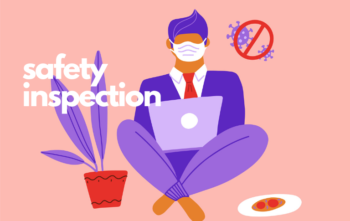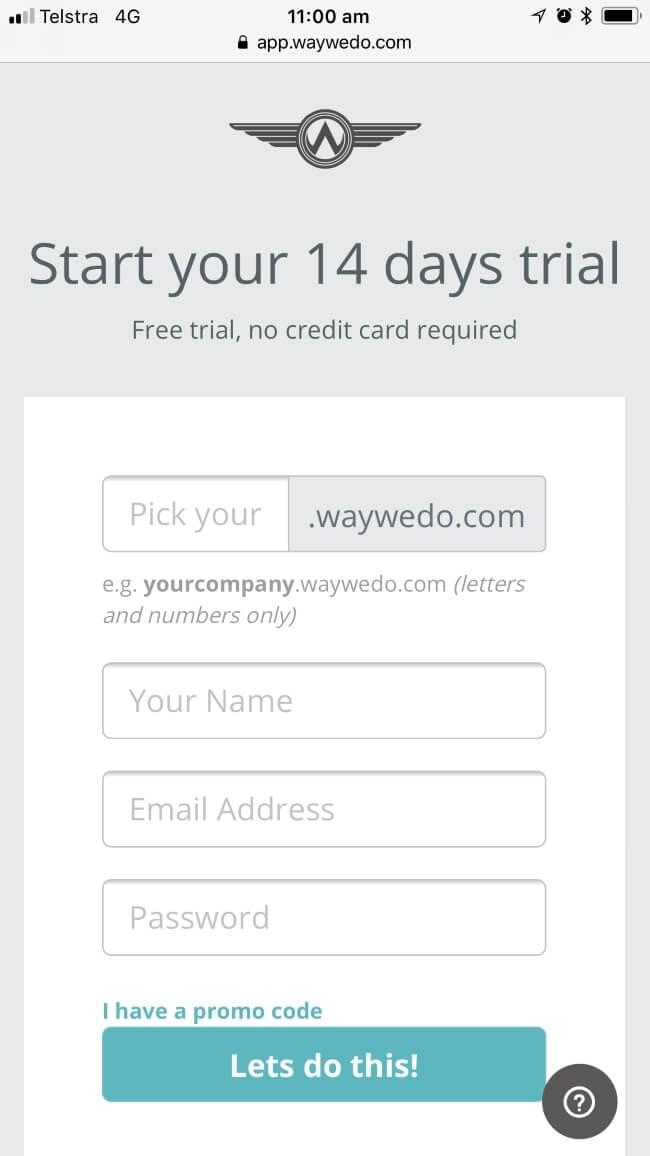Recruitment has long been seen as an all-or-nothing service: either you do it all in-house or hand the entire process to an agency. But with flexibility now a key to business agility, that model no longer fits every organization. Unbundling the recruitment process — breaking it into discrete, manageable services — is offering a smarter, more flexible way forward for businesses of all sizes.
In a conversation with Tamara Hatton-Ward, CEO of Pinstripe Recruitment, and recruitment specialist Gavin Dadswell, we explored how this unbundled model is transforming the hiring experience and creating powerful opportunities for business owners.
Why Recruitment Can’t Be Left to Chance
As Tamara shared, poor recruitment is one of the most common issues holding businesses back. Hiring the wrong person wastes time, damages morale, and stalls growth. “Staffing is right up there with the most costly and challenging issues for organizations,” she said. Getting it right requires more than a job ad — it takes strategy, structure, and skill.
From writing compelling job ads to proactively engaging passive candidates, recruiters today don’t just fill roles — they manage end-to-end talent campaigns that require marketing savvy, people insight, and specialist tools. Gavin emphasized the importance of talent networks and strategic outreach: “It’s not just about advertising anymore — it’s about relationships, insight, and understanding where the talent is.”
The Value of Unbundling the Recruitment Process
Sometimes, a business needs full-service support — particularly for high-stakes or hard-to-fill roles. Other times, the internal team may be equipped to handle parts of the process, such as interviews or onboarding, and just need help with specific elements like writing an ad, sourcing candidates, or conducting background checks.
Unbundling gives employers control. With services broken down into components — consultation, job design, advertising, screening, interviewing, testing, reference checks, offer negotiation, and onboarding — business owners can pick and choose where to engage external help.
This approach is especially attractive to small and medium-sized enterprises (SMEs), who may have previously thought external recruitment services were out of reach. Pinstripe Recruitment, for example, offers pay-as-you-go consulting and tailored packages that provide flexibility, transparency, and affordability.
Mapping the Recruitment Process = Strategic Advantage
When businesses take the time to map their recruitment process — either independently or with support — it becomes clear where they can save time, reduce risks, and even introduce automation.
Using workflow tools like Way We Do, organizations can define every step of their hiring process: from job requisition to candidate communication and onboarding. This documentation allows businesses to:
-
Identify and reduce bottlenecks
-
Delegate or automate repetitive steps
-
Ensure consistency across hiring managers
-
Maintain timely communication with all applicants
One of the most overlooked yet critical elements of recruitment is candidate follow-up. As Gavin pointed out, many applicants never hear back from employers — or even recruiters — which damages brand reputation and erodes trust. A simple, automated message to confirm application receipt or to inform of a declined outcome can go a long way toward preserving your company’s image.
Why Candidate Communication Matters
“Individuals have the right to be informed — the good, the bad, and the indifferent,” said Gavin. In a market where candidates apply for multiple jobs in minutes from a mobile device, being responsive and respectful is no longer optional — it’s essential.
Tamara highlighted how recruiters act as brand ambassadors for employers, protecting and promoting their brand throughout the process. “It reflects badly on a company if candidates never hear back. We’re here to manage those relationships and ensure communication is clear, consistent, and professional.”
Flexibility in a Complex Market
Not every industry works the same way, and not every role requires the same hiring approach. That’s where an unbundled recruitment model truly shines. It adapts to:
-
Market conditions (e.g., talent shortages, hybrid work expectations)
-
Internal capabilities (e.g., HR or hiring manager bandwidth)
-
Budget constraints
-
Role complexity
For example, a company might write its own job description and run interviews but outsource ad creation, database search, and candidate screening. Others may only need help managing reference checks or handling counteroffers and resignation advice.
A Human-Centered, Process-Driven Approach
Recruitment isn’t just about finding a person who ticks all the boxes — it’s about matching the right individual to the right role at the right time. That requires more than process. It requires empathy, critical thinking, and experience.
Unbundling doesn’t mean diluting the experience. Quite the opposite — it means sharpening focus on the areas that matter most for each unique situation. And when recruitment is aligned with workflow tools, automated communication, and smart process governance, it becomes scalable and sustainable.
Your Next Step: Smarter, Streamlined Recruitment
As Tamara and Gavin emphasized, the recruitment process can’t be left to chance. But that doesn’t mean every business needs the same level of service. By unbundling recruitment into its core parts, organizations can be strategic, cost-effective, and brand-conscious — whether they’re hiring once a year or once a week.
Mapping your recruitment process is the first step. From there, it’s about making informed decisions: what should be done in-house, what should be outsourced, and what can be automated?
At Way We Do, we believe that with the right systems in place, every business can build a hiring engine that’s responsive, respectful, and results-driven.





